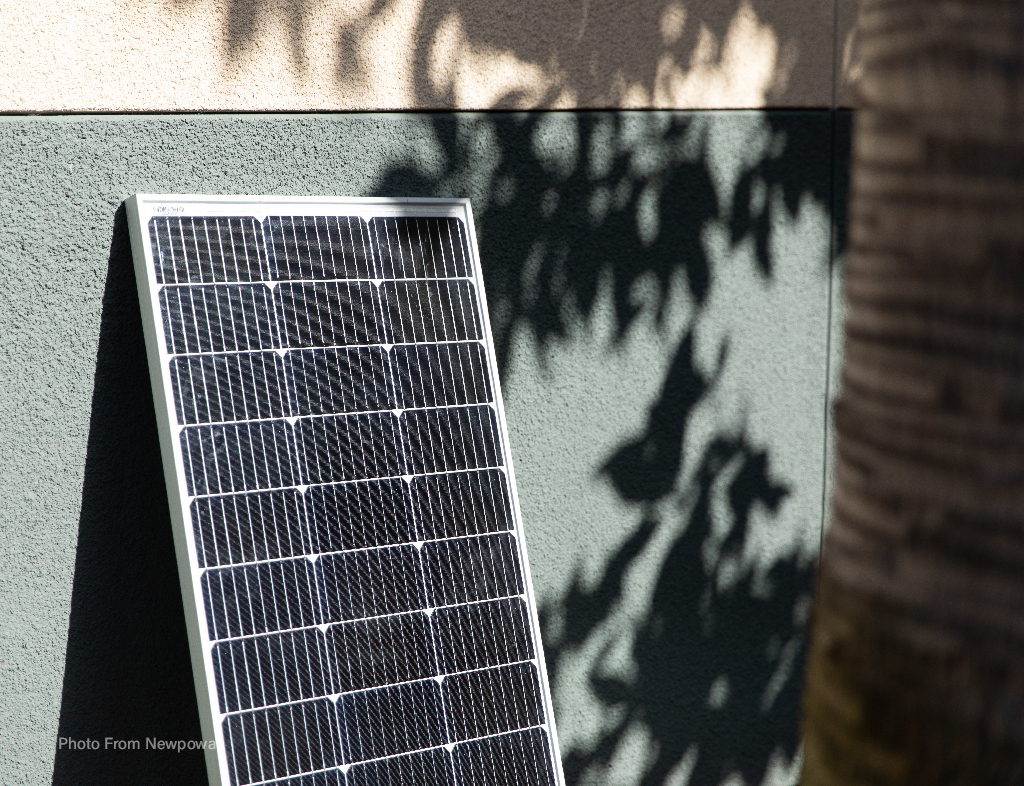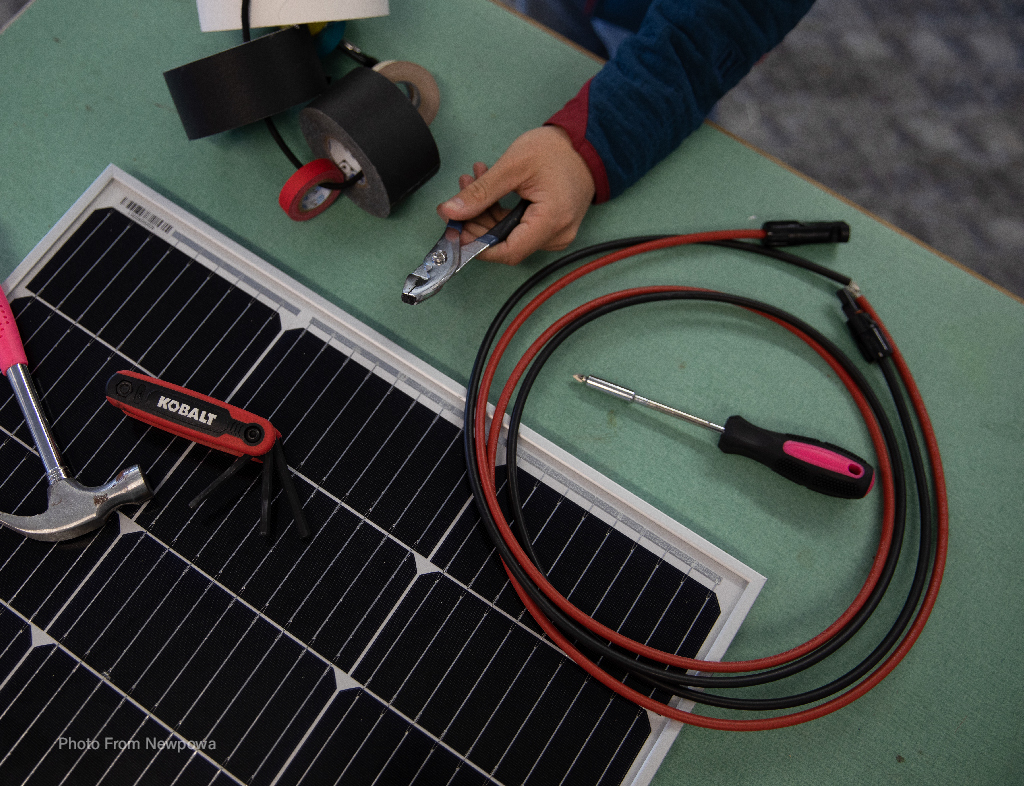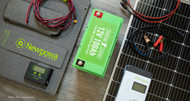HOW TO BUILD A LOW-COST OFF-GRID SOLAR SYSTEM FOR BEGINNERS
28th May 2025
Building a low-cost off-grid solar system can be an empowering project, especially for beginners eager to gain energy independence without breaking the bank. The key is to strike a balance between affordability, reliability, and future scalability. One of the first decisions is choosing solar panels. New panels often come with warranties and predictable performance, but used panels can significantly lower upfront costs. Many lightly used panels are still highly functional and can be sourced from secondhand markets or surplus suppliers. Just be sure to inspect for visible damage and confirm output specs before committing.

When it comes to energy storage, batteries are usually the most expensive part of an off-grid setup. For those on a tight budget, lead-acid batteries—such as deep-cycle AGM or flooded types—are a reliable, cost-effective choice. They're widely available and easy to manage with proper maintenance. Lithium batteries, while pricier initially, offer a longer lifespan, deeper discharges, and better efficiency. If you're looking for a set-it-and-forget-it solution and are okay with a higher upfront cost, lithium may be worth the investment. Otherwise, starting with lead-acid and upgrading later is a solid strategy.
Beyond panels and batteries, every off-grid system needs a few essential components. A charge controller regulates the power going into your batteries, preventing overcharging and extending battery life. There are two main types—PWM and MPPT—with MPPT being more efficient, especially in larger systems or in cold, cloudy environments. Inverters convert the stored DC power from your batteries into usable AC power for everyday appliances. Choosing a pure sine wave inverter is generally safer for sensitive electronics. Don’t overlook wiring—using the right gauge, properly fused cables ensures both safety and performance. Undersized wires or poor connections can lead to voltage drops, heat buildup, or even fire risks.
Many beginners make the mistake of overloading their system or mismatching components. It's tempting to try and power everything, but off-grid systems work best when you prioritize essential loads. Another common error is poor battery management—discharging batteries too deeply or failing to monitor voltage can significantly shorten their lifespan. Also, avoid placing panels in shaded or poorly angled locations, as this can drastically reduce efficiency.
Planning for future expansion is one of the smartest things you can do when designing your first system. Even if your current power needs are modest, it pays to oversize your wiring and invest in a charge controller and inverter that can handle more capacity down the line. Modular designs—such as using multiple small panels or battery banks—make it easier to scale up later without overhauling the entire system.

Starting small with a clear plan helps you learn the basics while keeping costs manageable. With some patience and research, a functional and expandable off-grid solar setup is well within reach for most beginners.
